Long Live the King!
Exhibition at the Wawel Royal Castle, 21 September, 2024 – 9 February, 2025
Prepared in cooperation with the Dresden State Art Collections (Staatliche Kunstsammlungen Dresden) and the National Museum in Warsaw, the exhibition will be an extraordinary opportunity to see, in the historic interiors of the Kraków castle, almost all memorabilia preserved from the coronations of August II the Strong (1697) and August III and his wife Maria Josepha (1734) – the last two such ceremonies that took place at Wawel. It will also be a story about the Polish coronation ceremonial, which crystallised in the late Middle Ages. Both rulers of the Wettin dynasty tried to respect the age-old ritual, but allowed for certain exceptions resulting, on the one hand, from the political context of the time, and, on the other hand, from their desire to emphasise certain propaganda content. The collected works will allow visitors to familiarise themselves with the unique Baroque spectacle that took place over several days both on Wawel and in the streets of the city. It was created by the individual stages of the coronation from the moment of the election of the new king, through the ceremonial entry into Krakow, the funeral of the predecessor, the pilgrimage to Skałka , the actual ceremony of consecration in the Krakow cathedral, the subsequent banquet in the castle, to finally the tribute from the residents of Krakow.
"Skałka"
The Pauline "Church on the Rock" is primarily associated with the martyrdom of Saint Stanisław of Szczepanów. Each newly elected King of Poland made a pilgrimage to Skałka on the eve of his coronation as penance for the disgraceful action of his predecessor who had personally killed St. Stanisław.
The Pauline "Church on the Rock" is primarily associated with the martyrdom of Saint Stanisław of Szczepanów. Each newly elected King of Poland made a pilgrimage to Skałka on the eve of his coronation as penance for the disgraceful action of his predecessor who had personally killed St. Stanisław.
The exhibition will be an opportunity to see a life-size figure of August II in coronation attire, which is usually displayed in the Rüstkammer, the armoury located in the halls of the Residenzschloss in Dresden, or a complete set of coronation insignia: crowns, sceptres and orbs of August III and Maria Josepha, from the collections of the National Museum in Warsaw. The Senators’ Hall, which is to house the main part of the exhibition being prepared, witnessed the banquets that took place both after the coronation in 1697 and in 1734. To add splendour to the feast and dazzle his guests, August II brought with him, among other things, part of his silver collection, selected masterpieces of which – the pride of the Dresden Grünes Gewölbe (Green Vault) – will be on display again in this Wawel interior after more than 300 years.
The exhibition is addressed to a wide audience who wants to immerse themselves in the history, customs and culture of the former Polish-Lithuanian Commonwealth, as well as to learn about the events that led to the creation of a unique political entity, the Polish-Saxon union, which defined the shape of this part of Europe for most of the 18th century.
CO-FINANCED BY THE MINISTER OF CULTURE AND NATIONAL HERITAGE OF THE REPUBLIC OF POLAND

HONORARY PATRONAGE
CO-ORGANIZERS


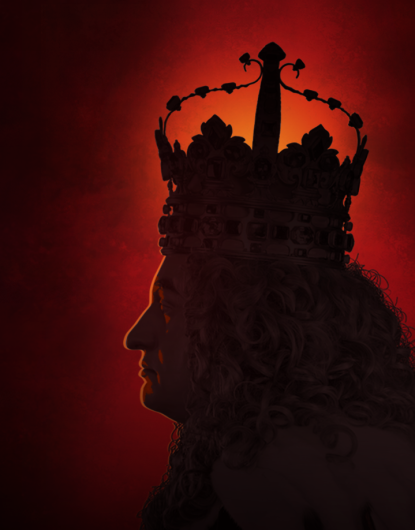
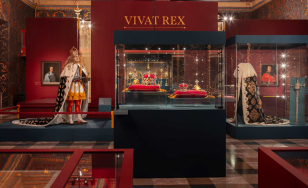
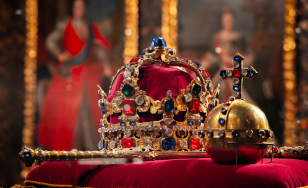
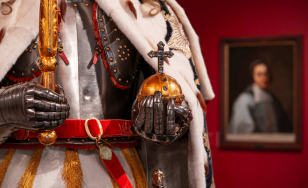
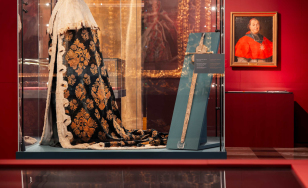
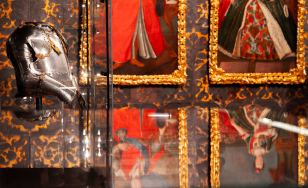
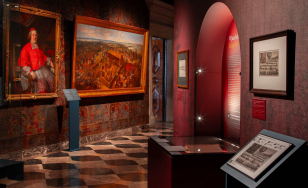
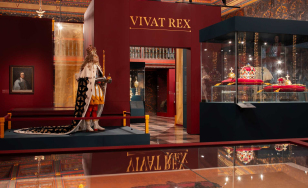
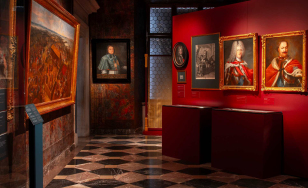
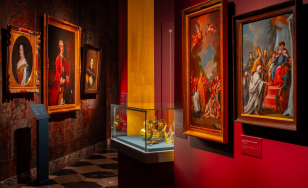
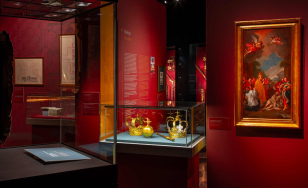
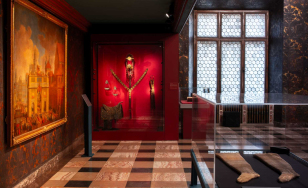
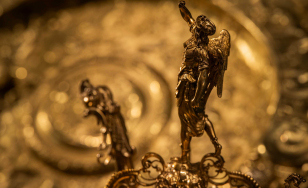
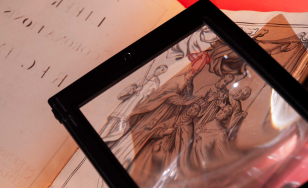
 Honorary Patronage of the Minister of Culture and National Heritage
Honorary Patronage of the Minister of Culture and National Heritage
 Honorary Patronage of the Saxon State Minister for Culture and Tourism
Honorary Patronage of the Saxon State Minister for Culture and Tourism
 Wawel Royal Castle Patron
Wawel Royal Castle Patron
 Strategic Partner of the Wawel Royal Castle
Strategic Partner of the Wawel Royal Castle
 Education Patron of the Wawel Royal Castle
Education Patron of the Wawel Royal Castle
 Exhibition Partner "Long live the King!"
Exhibition Partner "Long live the King!"
 Exhibition Partner "Long live the King!"
Exhibition Partner "Long live the King!"
 Wawel Royal Castle Advertising Partner
Wawel Royal Castle Advertising Partner











